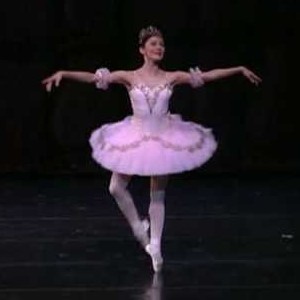
Sugar Plum Fairy
CBUB Wins: 0
CBUB Losses: 0
CBUB Ties: 0
Win Percentage: 0%
Added by: JohnnyChany
Read more about Sugar Plum Fairy at: Wikipedia
Official Site: Public Domain
The Nutcracker ( ) is an 1892 two-act ballet (" "; , ), originally choreographed by Marius Petipa and Lev Ivanov with a score by Pyotr Ilyich Tchaikovsky (Op. 71). The libretto is adapted from E. T. A. Hoffmann's story "The Nutcracker and the Mouse King".
Although the original production was not a success, the 20-minute suite that Tchaikovsky extracted from the ballet was. However, the complete Nutcracker has enjoyed enormous popularity since the late 1960s and is now performed by countless ballet companies, primarily during the Christmas season, especially in North America. Major American ballet companies generate around 40% of their annual ticket revenues from performances of The Nutcracker. The ballet's score has been used in several film adaptations of Hoffmann's story.
Tchaikovsky's score has become one of his most famous compositions. Among other things, the score is noted for its use of the celesta, an instrument that the composer had already employed in his much lesser known symphonic ballad The Voyevoda.
After the success of The Sleeping Beauty in 1890, Ivan Vsevolozhsky, the director of the Imperial Theatres, commissioned Tchaikovsky to compose a double-bill program featuring both an opera and a ballet. The opera would be Iolanta. For the ballet, Tchaikovsky would again join forces with Marius Petipa, with whom he had collaborated on The Sleeping Beauty. The material Petipa chose was an adaptation of E. T. A. Hoffmann's story "The Nutcracker and the Mouse King", by Alexandre Dumas called "The Story of a Nutcracker". The plot of Hoffmann's story (and Dumas' adaptation) was greatly simplified for the two-act ballet. Hoffmann's tale contains a long flashback story within its main plot titled "The Tale of the Hard Nut", which explains how the Prince was turned into the Nutcracker. This had to be excised for the ballet.
CBUB Match Record:
No Regular Play Records Available
No Fantasy Draft Records Available
